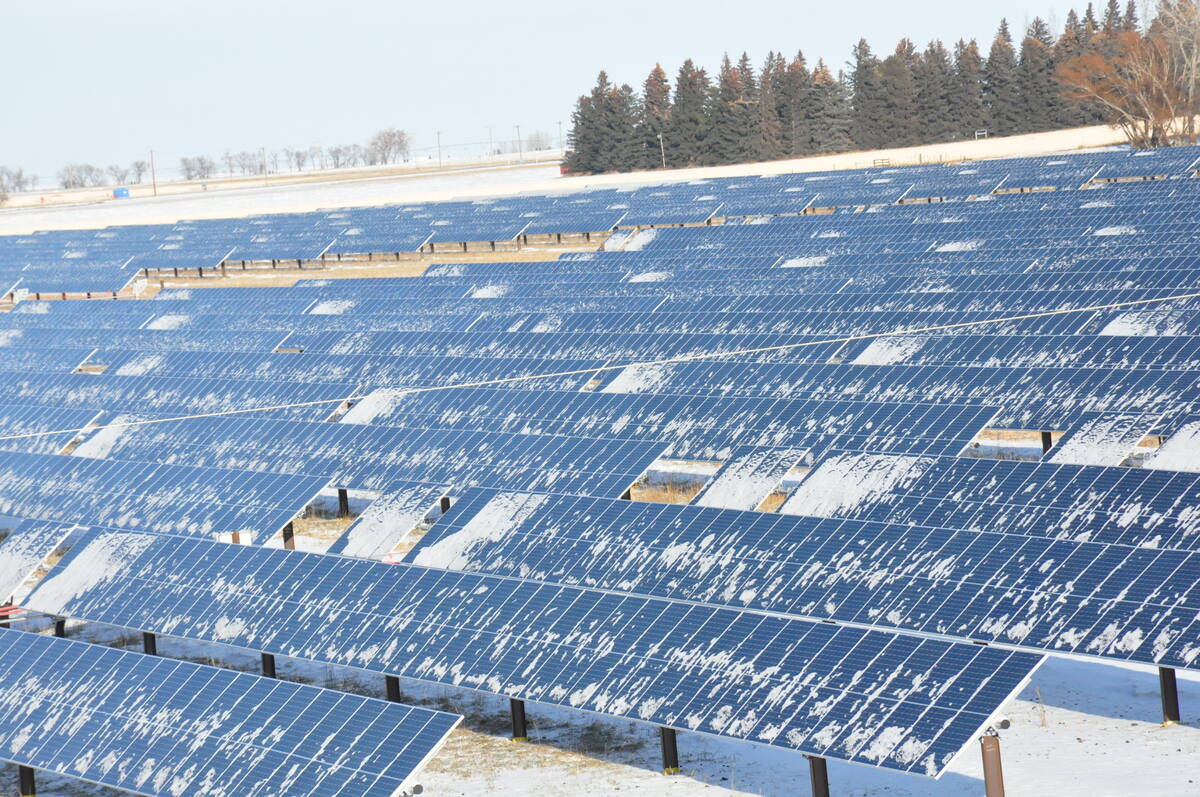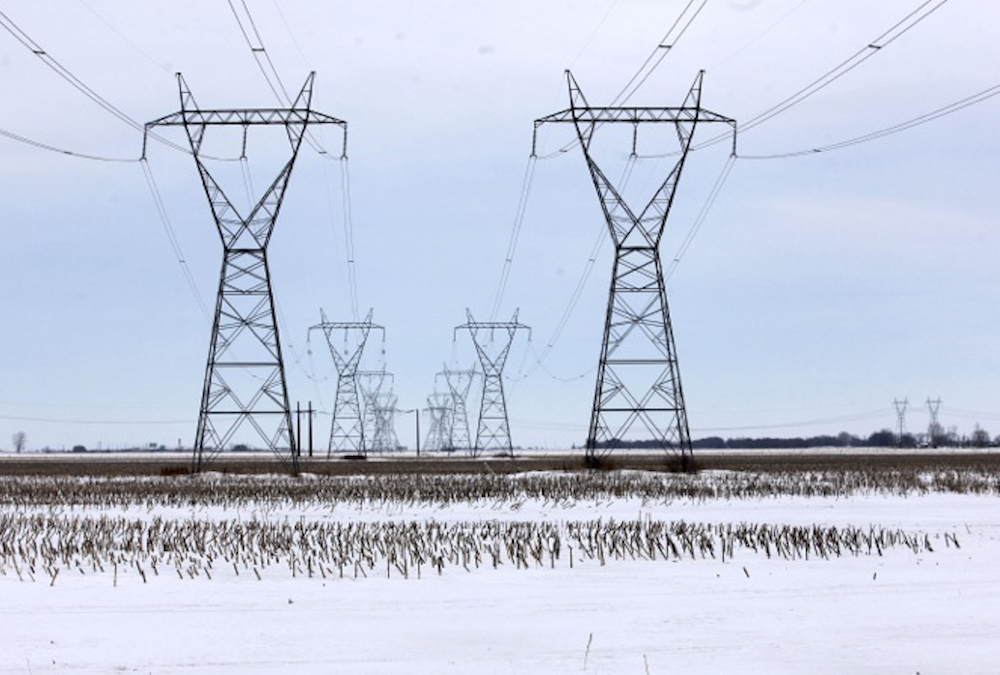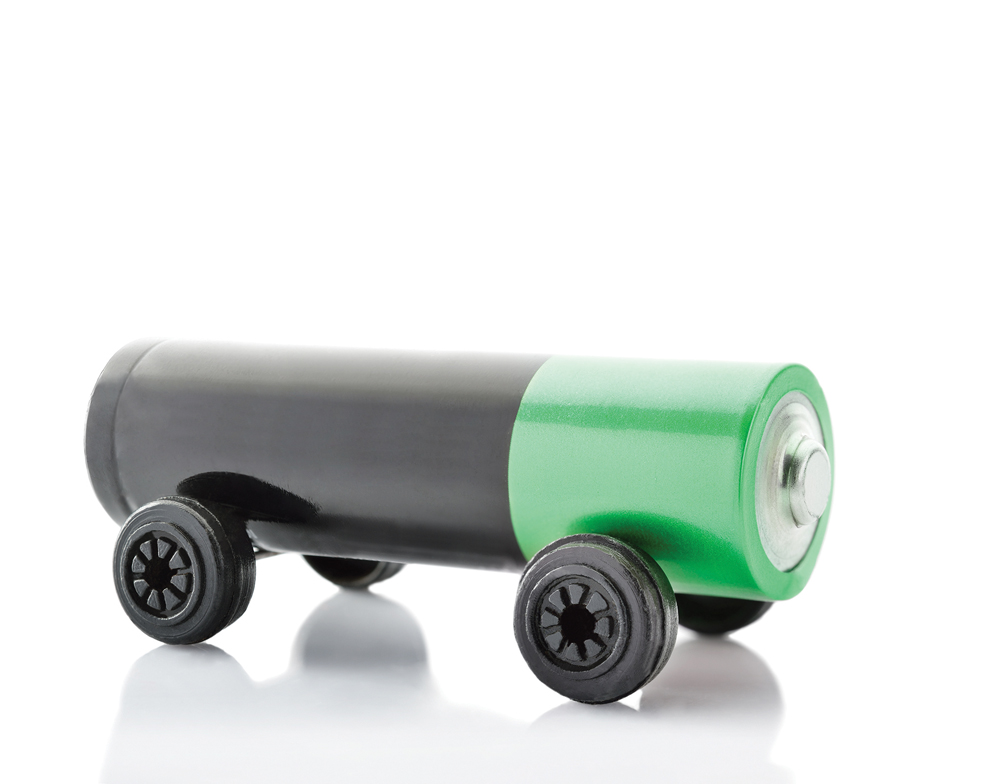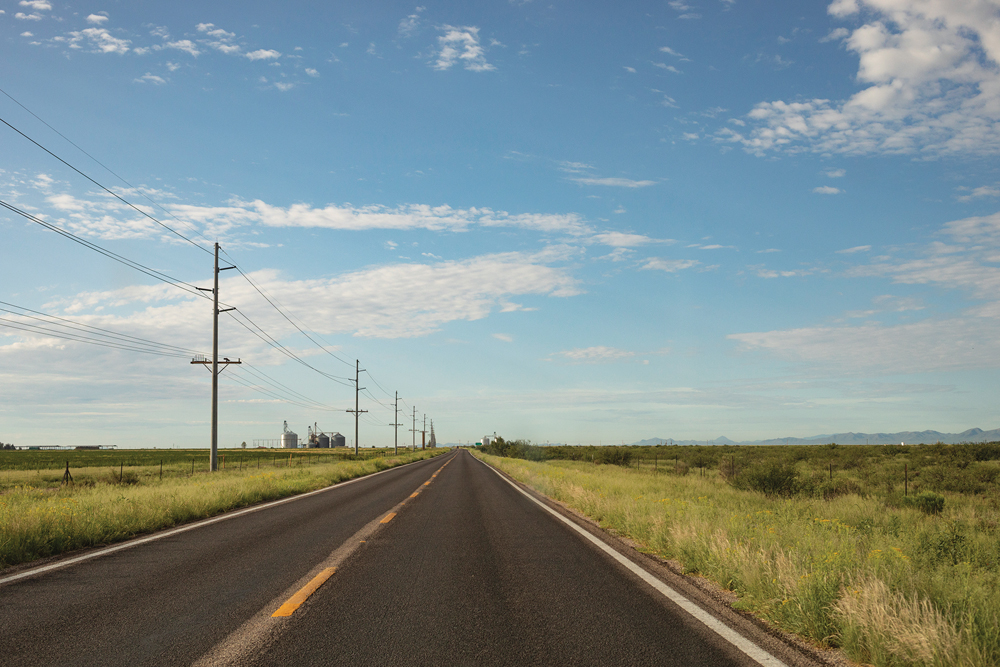The Canadian Wind Energy Association has set up a guide to help consumers decide if purchasing a personal wind turbine will be a benefit.
Wind energy might seem like a great answer to cutting utility expenses, but it’s not as easy as just putting up a turbine.
Sean Whittaker, vice-president of policy for CanWEA, said all of these systems are referred to as small wind systems, but the category itself is quite broad.
Small battery-charging systems are generally under one kilowatt and often have a marina use. The grid connected residential systems are home systems generally around 10 kW. These provide some electricity to the home and alternately generate extra power for the grid or draw from the grid. Metres are installed that reverse depending on the demand and supply of the power.
Read Also

Why agriculture is Canada’s energy ace
Why isn’t agriculture getting more play in Canada’s quest for efficient, renewable energy production? It should be
Farm and commercial wind power is available anywhere from 10 to 100 kWs. Whittaker said dairy farms often employ these systems. Northern or remote locations might use a Category 4 system generating up to 300 kW. These systems can provide some or all of the community needs.
“What we wanted to do with this purchasing guide is really let people know where to start,” said Whittaker. “There’s an intense interest in small wind in Canada,” he added.
The number of calls gave CanWEA the inspiration for the purchasing guide answering often-asked questions.
Wind speed
According to the CanWEA guide, a small turbine requires a minimum wind speed of 15 kilometres an hour just to operate. There are wind atlases that can be consulted, but they warn that average wind speeds aren’t a good indicator of area suitability especially for an off-the-grid application.
It is advised that you call an expert for installation. Turbines must be elevated well above all other surrounding structures to maximize their efficiency. Provincial energy suppliers need to be notified.
Almost all provinces have net metering agreements to be signed.
Manitoba Hydro spokesman, Glenn Schneider said hydro already has arrangements like these in place. Agreements are made to put equipment on the line that would allow the meter to be reversed when power is needed it is there, but when they produce excess power, it can go back onto the grid. It can also prevent power from generating to the grid in the event that lines are needing repair.
“The best we can get out of wind is about 40 per cent of the time,” said Schneider. But customers can receive some savings as when the meter reverses.
Customers are given the same rate Manitoba Hydro charges for power back from the utility.”Virtually everyone is connected to the grid anyway,” he added.
Whittaker noted you can’t just purchase a system and hook up to the grid without notifying the utility. It is potentially dangerous to linemen working on the grid not to know about systems. All systems must be inspected.
The purchasing guide from CanWEA will also help consumers assess whether they will achieve some energy savings. It is designed to take into account minor changes and requirements from utilities.
“We wanted the guide to be pertinent 10 years from now,” said Whittaker.
The guide is available online.














